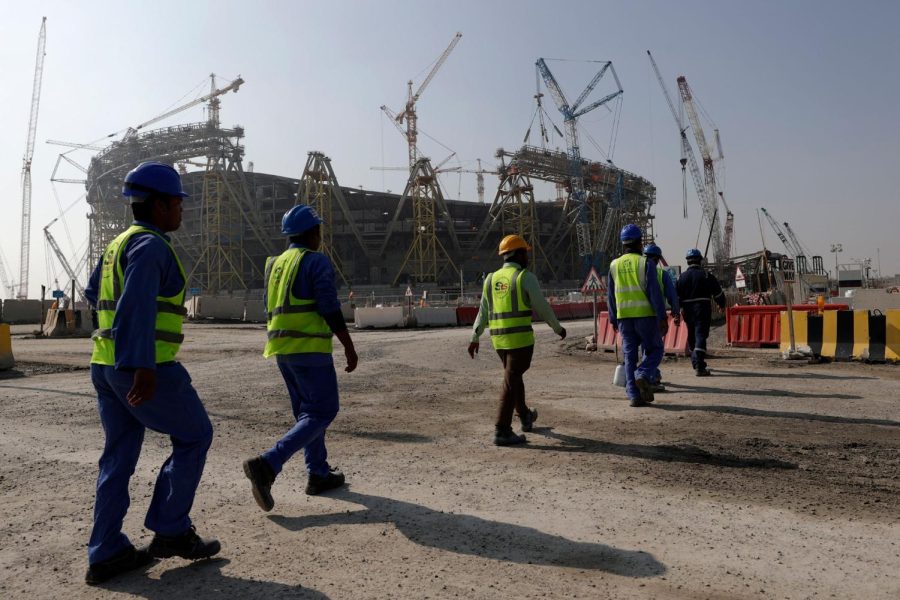Qatar Migrant Workers Tragedy Involving World Cup
December 11, 2022
Migrant workers connected to the World Cup have reportedly died, after working on projects related to the tournament. The number of deaths has not been released, but Qatar World Cup chief Hassan Al-Thwadl reports around 400 to 500. The migrants supposedly worked on building stadiums valued at over $200 billion.
“One death is a death too many. Plain and simple,” al-Thawadi says. However, it is unclear how many deaths are actually work-related. Many of these are said to be sickness-related instead of worksite accidents. The World Cup committee claims that the majority of deaths are actually not work-related, but those comments have not been confirmed.
So far, thousands of workers are sometimes piled in tight spaces in over 120 degree heat, resulting in many folks collapsing on their work sites.
It is notable that In December 2010, Qatar was awarded the right to host the 2022 FIFA World Cup. Since then, they have been preparing for the event, with many projects being planned in the process. Al-Thwadl repeatedly claimed that health conditions have drastically improved since the project began.
An article published by The Guardian many years ago states that workers were being paid extremely little and were living in awful conditions. Though others have claimed that up to 15,000 workers have died, which reports suggest was later debunked, leaving most of us uncertain.
These workers are coming from many different places, such as India, Nepal, Pakistan, Bangladesh, and Sri Lanka. Many of these migrants suffer while working in these conditions, despite Qatar passing laws claiming to give migrants more rights, including pay. However, so many have died since they began working, and are returned to their families with little to no explanation.
Nicholas McGeehan of the advocacy group Fair Square says, “This is just the latest example of Qatar’s inexcusable lack of transparency on the issues of workers’ death.” However, the Qatari government has stated that “the mortality rate among these communities is within the expected range for the size and demographics of the population.”
The human tragedy of the tournament is leaving many concerned with the working conditions and overall safety in Qatar.
Greater leadership and concrete evidence is needed to prove what is actually happening in Qatar. Furthermore, transparency is needed to begin to effectively address the situation.




